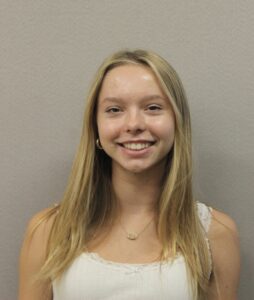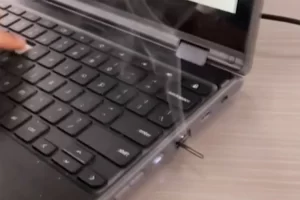By Samuel Andrade
Last spring was the first time I was introduced to the new speaking assessment technique for the world language classes. I was in French class and I was expecting the usual routine to happen for speaking assessments.
However, as our teacher told us about the new technique, I realized that lots of things were changing. The more I learned about it, the more I thought it was a complete mistake.
The usual speaking assessment routine consisted of students going outside the classroom to perform their speaking assessments with the teacher in a one-on-one conversation. If you weren’t speaking with the teacher, you would usually be doing another activity that was relevant to what we were learning.
This had been the routine since I had started taking French in the 6th grade, and I had become very accustomed to it. The new technique brought many changes that I wasn’t used to.
Firstly, the new technique got rid of the one-on-one conversation with a teacher and replaced it with a one-on-one conversation with another student. This might not seem so bad, but it essentially reduces the time you have to speak. In the old technique, the teacher would only pose questions which gave the student lots of speaking time. However, in the new technique, both students are talking and the speaking time has to be spread evenly, which reduces the overall time one gets to speak.
The second and most infuriating part of the new technique for me is the addition of a transcription. Since the teacher cannot listen to all the conversations at once, students have to record their conversation and then transcribe it onto a piece of paper.
The process of transcription is very annoying since we have to write down every word we say during the conversation. On top of that, we have to annotate our transcription afterward and point out where we used certain skills such as future tense. It is very time-consuming and unnecessary in my opinion.
Shaleen Thaker, a sophomore French student said, “I think the new technique is a step down from the old one. In my opinion, the pros do not outweigh the cons and I am in favor of staying with the old technique.”
This year, we did the new technique again in French. No matter how many times we do it, I will still argue against it. I am not scared of change, but I do think that if something works, then there is no need to change it. While not everyone may agree, I feel that I am able to focus and speak better when I am the only one speaking as opposed to when I have a partner.
Overall, there are many positives and negatives of the new speaking assessment technique, but after reviewing them, I feel as if we should just stick with the old one.






Be First to Comment